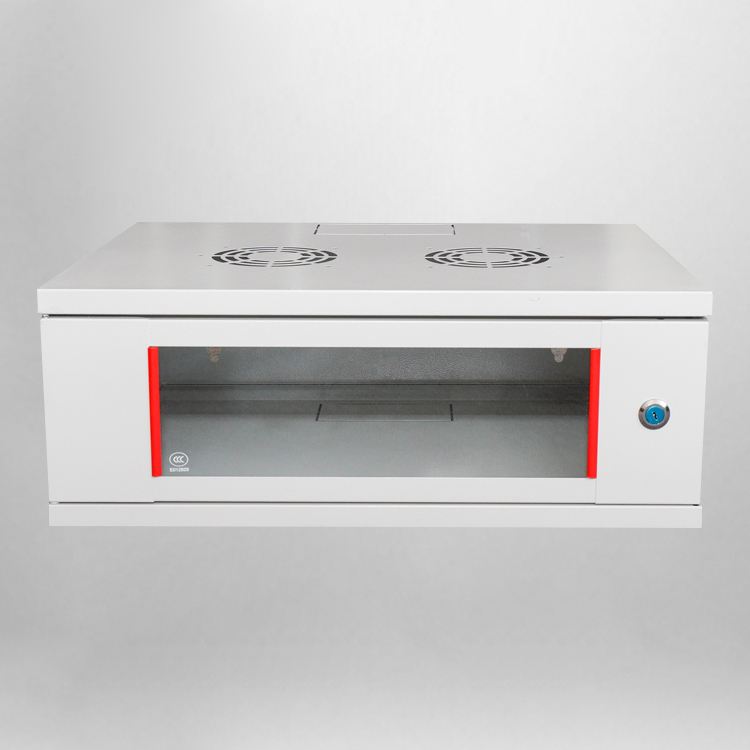
Rackmount network cabinets are essential for organizing and protecting network equipment in data centers, server rooms, and other IT environments. When choosing a rackmount network cabinet, it is important to consider various features to ensure it meets the specific needs of the network setup. In this article, we will compare the features of different rackmount network cabinets to help you make an informed decision.
Size and Capacity:
One of the most important factors to consider when selecting a rackmount network cabinet is size and capacity. Rackmount network cabinets come in various sizes, typically measured in rack units (U). The most common sizes are 1U, 2U, 4U, and 6U. The size of the cabinet will determine how much equipment can be mounted inside and how much space it will take up in the rack.
When choosing a rackmount network cabinet, it is important to consider the number and size of the devices that will be housed inside. Cabinets with larger capacities are ideal for data centers and server rooms with a high volume of equipment, while smaller cabinets are more suitable for small office setups or home networks.
Construction and Material:
The construction and material of a rackmount network cabinet are important factors to consider, as they impact the cabinet’s durability and security. Rackmount network cabinets are typically made of steel or aluminum, with steel cabinets being more durable and secure than aluminum ones. Steel cabinets are also heavier, which can help prevent tipping when loaded with heavy equipment.
Another consideration is the type of doors and panels on the cabinet. Some cabinets have solid doors for added security and protection, while others have perforated or mesh doors for improved airflow and ventilation. Additionally, some cabinets have removable side panels for easy access to equipment, while others have fixed panels for added stability.
Cooling and Ventilation:
Proper cooling and ventilation are crucial for maintaining the optimal operating temperature of network equipment inside a rackmount cabinet. Overheating can lead to equipment failure and downtime, so it is important to choose a cabinet with adequate cooling features.
Some rackmount network cabinets come equipped with built-in cooling fans to help circulate air and dissipate heat from the equipment inside. Additionally, cabinets with perforated doors and side panels allow for better airflow, while cabinets with cable management systems help prevent cable clutter and improve ventilation.


